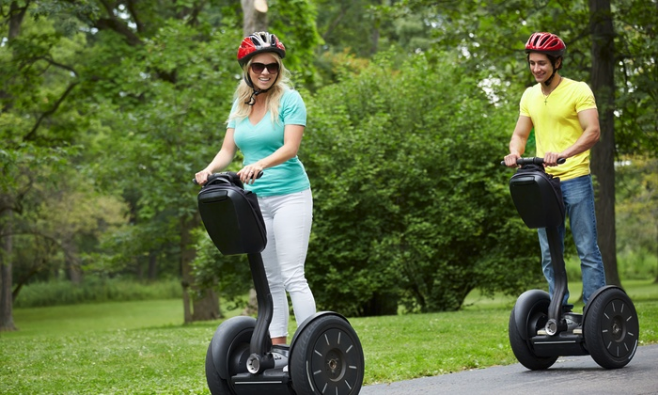Subscriptions ⬆️. Ownership ⬇️.
We’re old enough to remember when talking heads pontificated about how the “sharing economy” was going to end ownership. There was an AirBnB or Uber for everything: musical instruments, handyman tools, you name it. Let some other sucker spend the money for a static instrument that will be used once a year: you can be the smarter one by just renting those things from them. Extra benefit: not as much need for storage!
Only, most of those businesses failed. SHOCKINGLY, people realized that the lack of predictability and poor unit economics involved in such a as-demanded-on-demand model simply didn’t work. After tens if not hundreds of millions of lost venture capital flushed down the drain, you don’t hear much about X for X companies anymore.
Instead, all you hear about are subscriptions. Here is Amanda Mull taking stock of the rise of the subscription economy for The Atlantic:
Today, things that can routinely show up at your doorstep include: misshapen vegetables, personalized vitamin cocktails, dog toys, a vast wardrobe of clothing and accessories, and even a sofa. In a consumer market of disposable fast fashion and cheap assemble-at-home furniture, the idea of wasting less while getting to use nicer, higher-quality things for a monthly fee is a compelling sell.
(PETITION Note: this must be precisely what the private equity owners of Petsmart Inc. must be thinking as they pave the path towards a Chewy.com IPO).
Ms. Mull continues:
A subscription, at its base, is simply a schedule of recurring fees that gives consumers continual access to goods or services. A car lease is a subscription, but so is your gym membership and the way you use Microsoft Office. Subscription creep dates to at least 2007, when Amazon launched Subscribe & Save, a service that lets shoppers pre-authorize periodic charges for thousands of consumable goods, such as sandwich bags or face wash (or toilet paper), usually at a slight discount over individual purchases. Then, in 2010, came Birchbox, which provides women with miniature portions of beauty products on a monthly basis for $15. At its peak, the company was valued at more than $500 million.
Both Amazon’s and Birchbox’s models have been widely copied, and their success underscores the appeal of subscriptions to businesses and consumers alike, according to Utpal Dholakia, a marketing professor at Rice University. “The pain of payment and the friction of how a person is going to pay is totally gone,” he says. Consumers receive things they need or want without having to make any decisions, and that creates more stable and predictable revenue streams for the businesses they patronize.
Subscriptions, though, are not just relegated to, say, dog food, toilet paper, and your favorite a$$-kicking newsletter about disruption from the vantage point of the disrupted. In this time of greater job mobility, people relish more flexibility.


